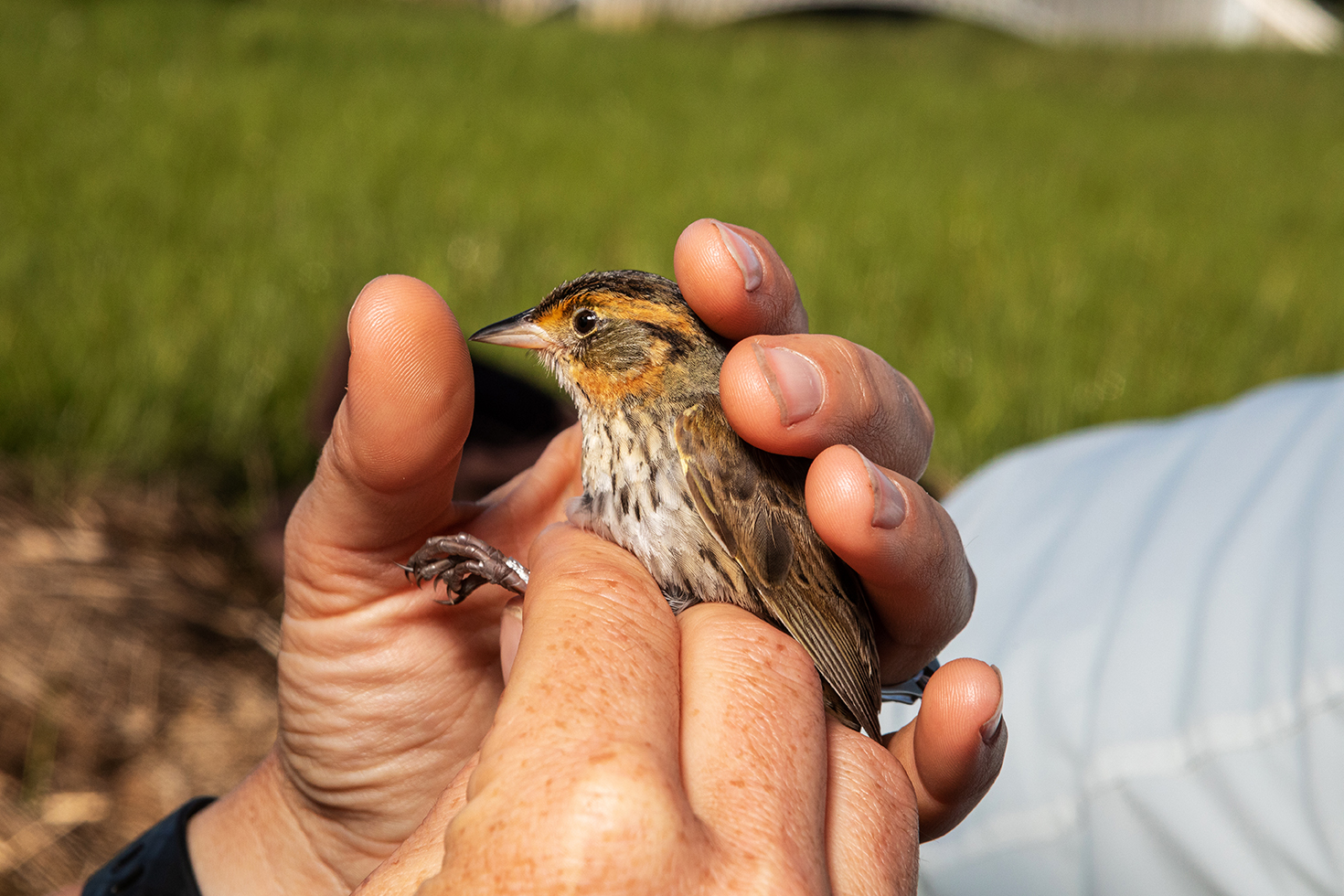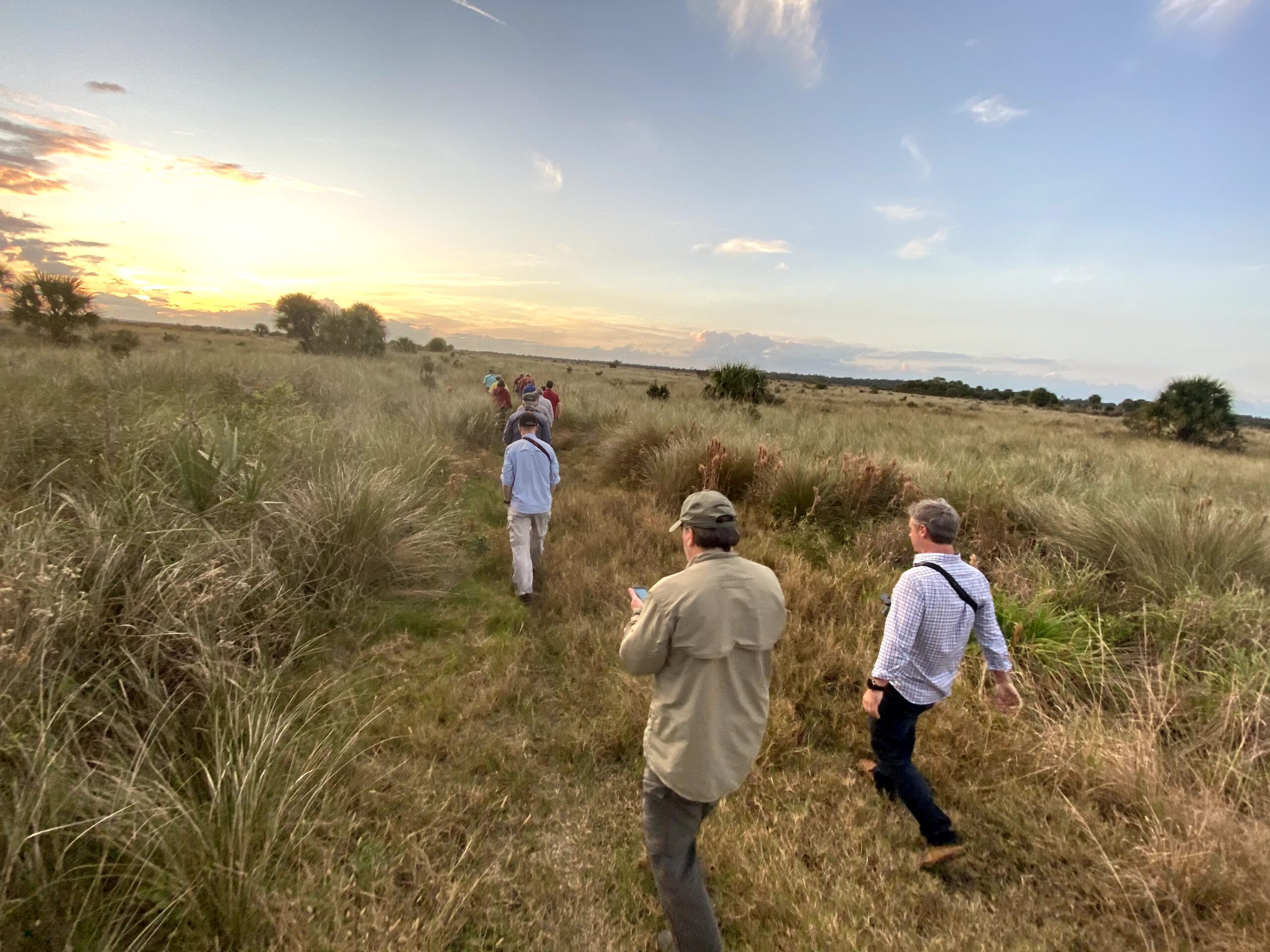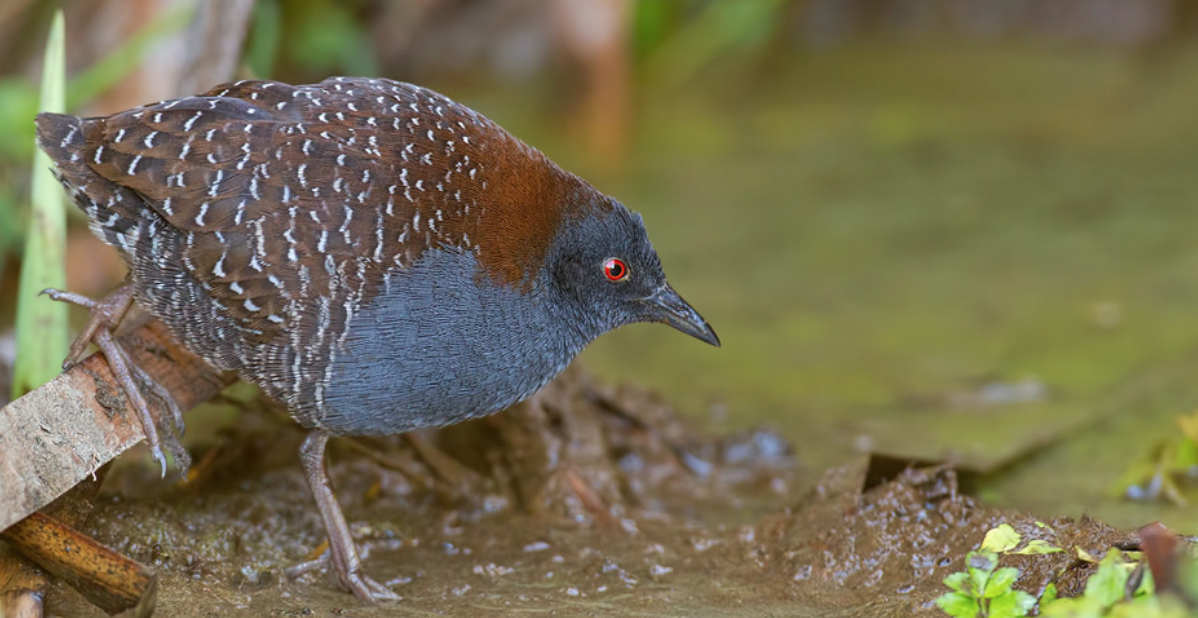From the Coordinator
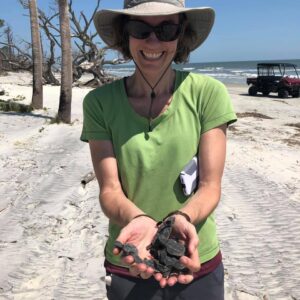
Aimee Weldon, ACJV Coordinator
As 2020 bled into 2021, it became clear that pandemic life – remote working, zoom meetings and the longest travel drought most of us have ever experienced in our professional careers – was to continue as the new normal. We have missed dinners out with our partners, time in the field discussing projects, and sitting around tables together at meetings sharing ideas and laughter. As with all change, though, with loss also comes gains and we have found many silver linings and things to celebrate these past two years. We have bonded more closely as a team as we weather the many work and personal challenges we are facing together. Last March, we added a new member to this team with the hire of Mo Correll, our long-awaited Science Coordinator, who hit the ground running and quickly became an integral part of the Joint Venture team. The Joint Venture is also more connected than ever to the many efforts underway and the partners engaged in salt marsh work, as meetings and workshops that would not have been possible prior to Zoom life are now more accessible. And although we mourn the loss of travel, the time this has freed up has allowed us to be more productive than ever before!
The ACJV adopted our flagship focus six years ago. For the first five years, our focus was on developing plans and prioritization tools to lay the foundation for conservation efforts on the ground. With the completion of the Black Duck Conservation Plan this year, we now have a roadmap of conservation needs, objectives and recommended management actions for each of our flagship species and their coastal marsh habitat. A huge thank you to the scores of partners who have helped to make these plans a reality!
The plans and the habitat prioritization tools we have developed were all created to help guide and catalyze work on the ground – to narrow the landscape and to highlight the most promising strategies to achieve population goals. Our focus is now squarely on implementation – to use these plans and tools to secure funds and other resources to ensure that this important work happens on the ground as quickly as possible. In the last year alone, more than $2 million of funding was secured through direct Joint Venture involvement to support priority projects in eleven states throughout the Atlantic Coast. This money is in addition to the $34 million dollars that was brought in through the NAWCA and National Coastal Wetland Conservation grant programs for wetland conservation, and the many dollars our partners are raising independent of Joint Venture staff. The pandemic hasn’t stopped the momentum of this incredible partnership and we are going full steam ahead into 2022.
The upcoming year is shaping up to be an exciting one as many new funding opportunities have become available through the federal Infrastructure bill, the National Fish and Wildlife Foundation and more. We have positioned ourselves to compete well for these dollars as our flagship species are increasingly being recognized as important ambassadors of a system we all so intimately depend upon in so many ways. We certainly have our work cut out for us in the coming year to continue to boost the coastal resiliency work that is so urgently needed and we are up for the challenge! A HUGE thank you to the hundreds of partners who continue to work so tirelessly to restore our coastal marsh habitats. We look forward to another great year of collaboration!
Aimee
Accomplishments in 2021
ACJV Welcomes a New Science Coordinator
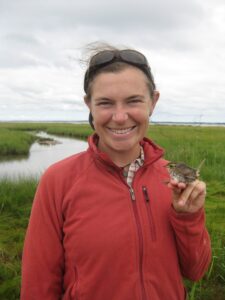
Mo Correll, ACJV Science Coordinator
Last March the Joint Venture welcomed our newest member of the team – Maureen (Mo) Correll – as our new Science Coordinator. Mo is an avian ecologist with a strong background in spatial analysis and regional collaborative science. She grew up in Conway, Massachusetts and attended the College of William and Mary in Williamsburg, Virginia for her undergraduate work. She completed her doctoral work at the University of Maine, which focused on measuring population trends for the Saltmarsh Sparrow and other tidal marsh specialist species from Maine to Virginia through the Saltmarsh Habitat and Avian Research Program (SHARP). Her postdoctoral work, also with SHARP, focused on remote sensing of tidal marshes, resulting in a comprehensive spatial layer of vegetation communities along the northeastern coastline. Mo then moved to Fort Collins, Colorado to work at Bird Conservancy of the Rockies first as a landscape ecologist, and later as Research Director, leading regional science to understand grassland bird decline in the Great Plains and Chihuahuan Desert. She is very excited to be back in western Massachusetts to continue her work conserving tidal marsh birds through the Atlantic Coast Joint Venture! Mo moved back east with her husband Brian, young daughter Elliott, and canine buddy Dr. Rosco in June and welcomed baby Tucker to the family in July. Please send Mo a welcome message at maureen_correll@fws.gov.
Funding
Several new or ongoing grants were secured to assist ACJV partner efforts to conserve land, implement restoration projects, and test promising management actions outlined in our conservation plans. Read more about all of our funding success stories.
- Two years running, nearly every NAWCA and Coastal Grant proposal from ACJV partners was funded!
- Partners received a $700k State Wildlife Grant for Black Rail conservation projects.
- NRCS funded work to support four monitoring and restoration projects for Black Rail and Saltmarsh Sparrow.
- One million dollars of reallocated Superstorm Sandy dollars was used to support salt marsh restoration projects in New Jersey and Delaware.
- The USFWS Migratory Birds program funded the 2021/2022 comprehensive Saltmarsh Sparrow surveys and the development of a density and occupancy layer for breeding Saltmarsh Sparrows.
Saltmarsh Sparrow
ACJV staff and partners have been hard at work this year to lessen the steep population decline of Saltmarsh Sparrow and recover their population to 25,000 birds. We are working diligently to restore and enhance existing salt marsh patches to provide high-quality nesting habitat on at least 84,000 acres of salt marsh. Additionally we are aiming to protect adjacent, inland areas that buffer existing salt marsh patches and provide corridors to allow marsh migration in the future, as sea level rises. Read more about all of our Saltmarsh Sparrow work.
- Year 2 of comprehensive regional surveys
- State management guidance documents
- Addressing permitting hurdles
- Beneficial use of sediment to restore salt marshes
- Working with NOAA to improve collaborative restoration
Black Rail
ACJV staff and partners are working quickly to prioritize, create and restore Black Rail habitat to achieve our population objectives for the species. Read all about our efforts to conserve the Black Rail.
- New tool to help identify priority areas for habitat restoration
- Competitive State Wildlife Grant funding supports habitat projects in four states
- NRCS funding supports testing of promising management actions and development of management guidance
- Partners work together to catalyze more Black Rail conservation
American Black Duck
ACJV staff and partners have spent the last year finalizing the Black Duck Conservation Plan and improving the Black Duck Decision Support Tool. Both should be ready for release this Spring! Read more about our efforts to conserve American Black Duck.
- Working group completes the Black Duck Conservation Plan
- Update on the Black Duck Decision Support Tool

